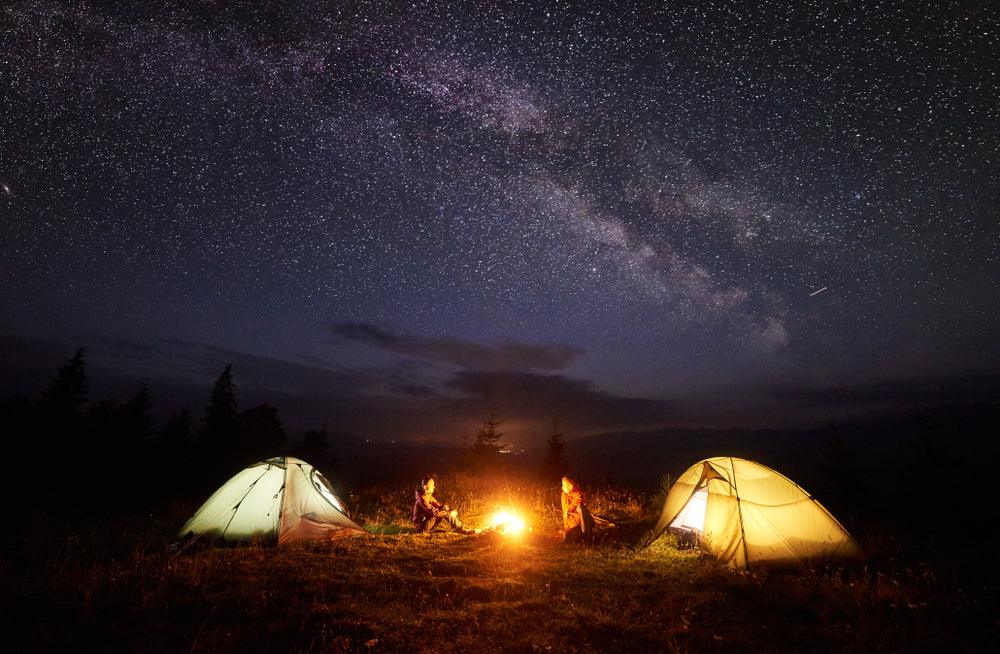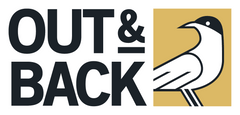Choose a Campsite Like a Pro

It's finally time to break out the camping gear for the season. You've got your tent, sleeping bag and all of the other essentials you need to enjoy a fun night outside under the stars. Now it's time to set up camp.
When picking a campsite, there are many things to consider… Is there enough flat ground for your tent? Will you be near the water or in an area that could flood in the rain? Are you looking for privacy or will it matter that other people can see your camp site from their tents? How far away from the car is too far and will it be safe to walk back at night without any lights?
If this sounds like something you want answered before heading out into nature, read on!
TIP #1: HAVE THE RIGHT PERMISSION
Be sure to do your research before you head out. Some campsites require a permit, are private and/or may even be closed. If your desired spot requires a permit, be sure to obtain your permit as early as possible to ensure you’re not scrambling at the last minute.
TIP #2: FIND THE RIGHT POSITION
Consider when and where the sun may hit your campsite in the morning. Try and position your tent so that it’s exposed to the sunlight first thing in the morning to help warm up and enjoy the beautiful sunrise.
TIP #3: RESPECT THY PRIVACY
Be respectful and avoid crowding nearby camping neighbors. Just like you, they’re most likely trying to get some peace and quiet in the outdoors, therefore give them the space you both deserve. Also, be sure you don’t block their views.
TIP #4: CREATE A SAFE SET-UP
If you are camping along a river or within narrow canyons, be mindful of low spots. Low spots may look dry but they can fill up with water from upstream at any time and cause your campsite to flood.
TIP #5: SIZE UP YOUR SPOT
Make sure your camp site has ample space to set-up your tent(s), along with the campfire and any other campsite necessities. While you may be looking for a warm tent to crawl into at night, be sure there’s plenty of distance between your tent and campfire otherwise you may yourself in a less than ideal situation.
TIP #6: AVOID TERRAIN HAZARDS
Scan your surroundings. What would happen if the wind picked up? Are nearby boulders or trees able to protect you or are they in a position where they could move or fall on your tent?
TIP #7: KNOW YOUR WATER SUPPLY
Be familiar with your surroundings and know where the closest source to water is in proximity to your campsite. While you may have packed your own, it’s always a good idea to be somewhat close to an alternative water source as a backup.
No matter where you set-up camp, remember to always follow Leave No Trace principles to preserve the beautiful land you enjoy. Happy Camping!
Looking for camping gear?


